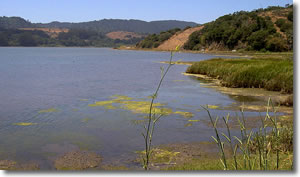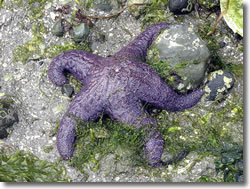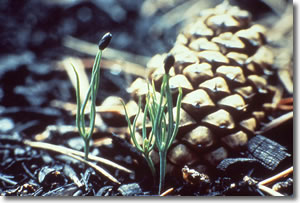The Names of Things…
by Shawna Martinez
Professor, Biological Sciences Dept., Sierra College
I have always played outside – my mother, who was busy with her own life, was one of the kind of moms that would constantly yell, “Go outside and play! You are bothering me!” While this sounds harsh, it allowed me an opportunity to make up my own outside games, become intimately acquainted with bees, bugs, stinging nettles, lizards that squirted blood out of their eyes, tiger lilies in the summer, tree forts, pine bark that peeled in puzzle pieces, and hide and seek until it was time to come in. We looked at the stars and made our own constellations, we played stick ball, and cone ball, and tag. I learned how to swim in the severely cold water of the North Yuba. While none of us knew the names of the “things” in our environment, we knew them none-the-less – they didn’t need a name because they were common – common in the same way that you wouldn’t have to struggle to come up with a name for a “brush” or a “sink” or a “TV”.
My first field trip

When I took my first field trip in 1977 with Roland Bergthold, the Botany professor at Sierra College, it was profoundly life changing. Little did I realize that people could name so many things in the environment. I can still recall this field trip as vividly as if I did it yesterday. We took two vans full of students and went up the North Coast. We stayed at Audubon Canyon Ranch where we watched in wonder as the egrets nested high up in the redwoods. We visited Bolinas lagoon and Duxberry Reef where I did tide-pooling for the very first time. We went to Point Reyes Bird Observatory where we watched as scientists mist-netted the birds and banded their tiny delicate leg with an identifying band.

To this day, I still have my field notes from that very first trip. I have photos of Jim and Harriet Wilson holding ochre sea stars and cancer crabs. I still have my t-shirt that I bought from the Bird Observatory – holey and worn, but I cannot seem to get rid of it.
Here is a sample from my notes:
“I cannot believe how diverse this place is! I had no idea that every living thing on the planet has a unique name and there are people who know so much about these things!” And “The surf is rough and cold, but I could stay for hours more!” Mostly, I kept lists....lists of the names of things we saw on the field trip.
Many other trips

I could go on with how profound this particular field excursion was for me, but there were other trips – so many others that they have blended into one another, I can no longer separate the trips from each other. The one thing that I began to be conscious of after all of the trips that I went on is the connection that ecosystems have with each other based upon the names of things that are in it. I saw species that were in one particular ecosystem on one trip (Lodgepole pine!) and then see the same species on another trip (Oh My Gosh – Lodgepole Pine!) and realize that this species defines the ecosystem throughout the Sierra. Suddenly, as the collection of species names began to grow in my head – so did the intimate knowledge of the consequences for losing that species through fire, logging, and development. No longer were they just “things”; they had names. The names made them more familiar, and consequently, more valuable to me.
Names are connections
Today when I teach field courses, I use the many names of the things in nature, not as a way to be impressive with my vast knowledge, but to allow students to make the same connections on their own trips. I have had many, many students come to me to tell me that they later took their families to a place in nature and could give the names of things they saw to their families. They get excited when they remember a name of a plant or a bird or a rock. They are able to pass on this bit of knowledge and as a result, they become more closely allied to the ecosystem. It is the value of the field excursion that will save ecosystems because humans will not know what they stand to lose unless they have become familiar with the things in nature and they become familiar when the things have names.
